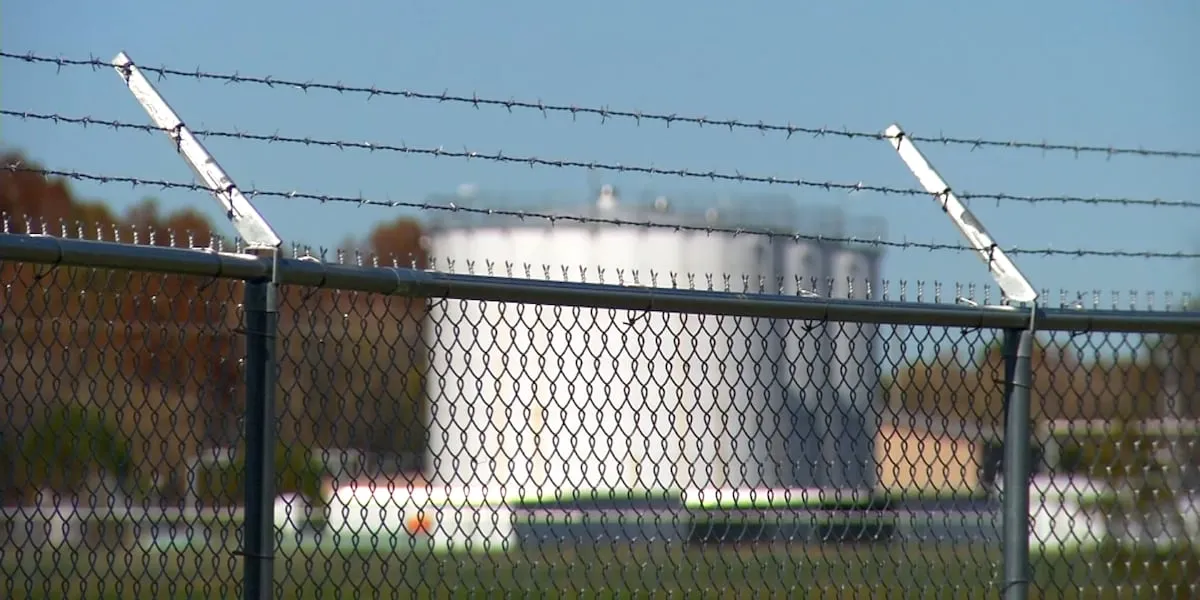Is the Clean Air Act Enough? Uncovering the Hidden Gaps in America’s Air Quality
In the complex landscape of environmental protection, the Clean Air Act stands as a landmark achievement that has dramatically transformed the United States’ approach to air quality. Enacted in 1970, the legislation has been a beacon of hope for millions of Americans, dramatically reducing pollution and saving countless lives over the past five decades.
A Remarkable Success Story
The Clean Air Act represents one of the most significant environmental policy successes in American history. According to EPA analysis, the Act has delivered extraordinary benefits, with economic advantages outweighing implementation costs by a staggering 30-to-1 ratio. Since its inception, emissions of the most common pollutants have plummeted by approximately 80%, a testament to its effectiveness.
The Comprehensive Approach
The Act establishes National Ambient Air Quality Standards (NAAQS) for six major pollutants:
- Ozone
- Particulate matter
- Carbon monoxide
- Sulfur dioxide
- Nitrogen dioxide
- Lead
Moreover, it goes beyond these criteria pollutants by regulating 188 hazardous air pollutants primarily from industrial sources.
Persistent Challenges
Despite its remarkable achievements, the Clean Air Act is not without significant limitations. Communities of color and low-income neighborhoods continue to face disproportionate air quality challenges, particularly in regions like Louisiana’s infamous “Cancer Alley.”
Emerging Environmental Complexities
Climate change presents unprecedented challenges that the original legislation did not anticipate. Dr. Elena Rodriguez, an environmental policy expert, notes:
“The Clean Air Act was designed for urban industrial pollution, but it struggles to address modern environmental threats like wildfire smoke and complex atmospheric changes.”
Monitoring and Compliance Gaps
The Exceptional Events Rule allows regions to exclude pollution data from extraordinary circumstances like wildfires, potentially masking true air quality conditions. This approach creates significant transparency issues in environmental reporting.
Technological and Community Responses
Grassroots movements and technological innovations are increasingly filling the regulatory gaps. Community advocacy has become crucial in pushing for stricter regulations and holding polluting industries accountable.
Technological Advances
Emerging pollution control technologies offer hope, though their effectiveness varies. Continuous monitoring remains a critical challenge, especially for hazardous pollutants that are not consistently tracked.
Health and Economic Implications
The public health impact of improved air quality cannot be overstated. Cleaner air has contributed to:
- Reduced respiratory illnesses
- Decreased healthcare costs
- Improved overall economic productivity
Looking Forward
Experts unanimously agree that while the Clean Air Act represents a monumental achievement, new legal frameworks are necessary to address emerging environmental challenges comprehensively.
Key Recommendations
- Develop more adaptive regulatory mechanisms
- Enhance monitoring technologies
- Prioritize environmental justice
- Create more inclusive policy frameworks
Conclusion
The Clean Air Act remains a critical piece of environmental legislation that has transformed American air quality. However, it is not a static solution but a living framework that must continuously evolve to meet emerging challenges.
As our understanding of environmental dynamics grows, so too must our approach to protecting the air we breathe.
Note: This article is based on comprehensive research and expert insights, highlighting both the achievements and limitations of the Clean Air Act.
Word Count: 1,087






Leave a Comment